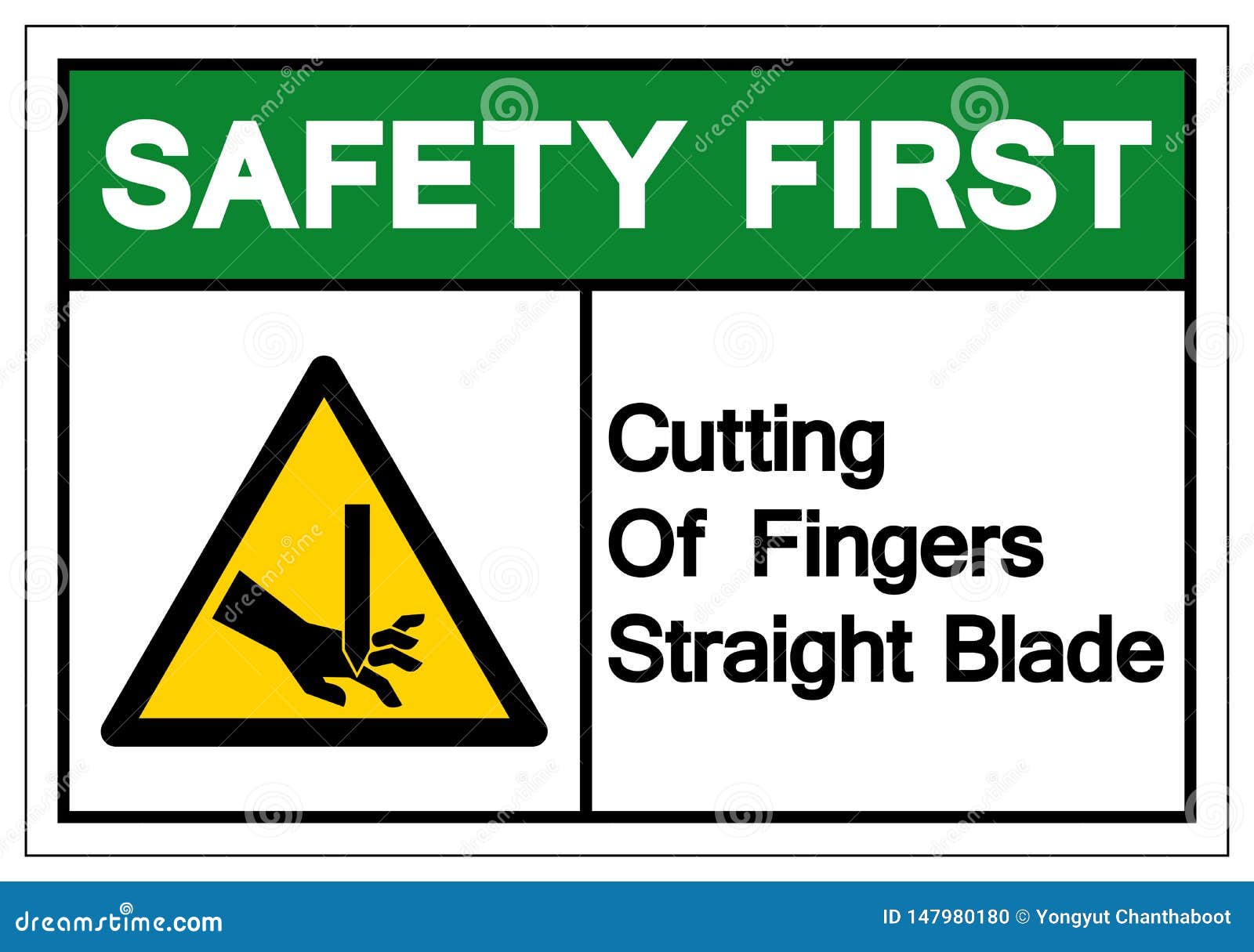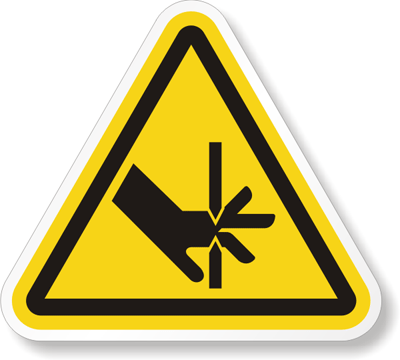

The Cross Chop is regularly used if you need to quickly chop, without having to worry about presentation. We've collected the most important techniques chefs need to learn to excel in their job and improve their skills.ĭo you want to show off your skills? Here are the cutting techniques every chef should know:

From the Julienne to the Batonnet, there is a lot of pressure for chefs to learn the cuts, chops, slices and dices. Your knife skills can make you stand out from the newbies and prove you're on the path to becoming a head chef.Īlong with knowing the recipes, cooking techniques and what chefs should wear for work, every chef is expected to learn and master the many different cutting techniques.
#SAFETY LABEL CUT FINGERS MANUAL#
Follow the manufacturer's instruction manual when you operate, clean, and maintain the equipment.What do I need to know about the safe use of power tools with sharp blades? Tools like scissors can be passed in the closed position, handle first. Place the tool or knife on the counter and let the other person pick it up. Do not pass or throw a tool to someone else.Do not drop or leave a sharp tool in a place where it cannot be seen for example, by placing other items on top of the tool, or by placing the tool in dish water.Do not carry an open tool in your pocket.Do not carry tools while carrying other objects.Stop cutting if you need to look up or focus on something else. Do not engage in discussions with your co-workers while you are using a sharp tool.Do not engage in horseplay with a tool in your hand.Quickly move out of the way, let it fall, and then pick it up. Do not use excessive pressure when cutting.Throw out broken, dull, or rusty blades by placing them in a puncture resistant container.

When cutting food, clean the knife immediately after use or place it in a container labelled “knives only” near the sink.Or, create racks, slots, or boxes near the work space to store the tool. For example, store knives securely in a knife rack or drawer, with the handles facing the front. Place the tool at the back of the counter when not in use, with the sharp edge away from you.Similarly, close scissors or snips when not in use.



 0 kommentar(er)
0 kommentar(er)
